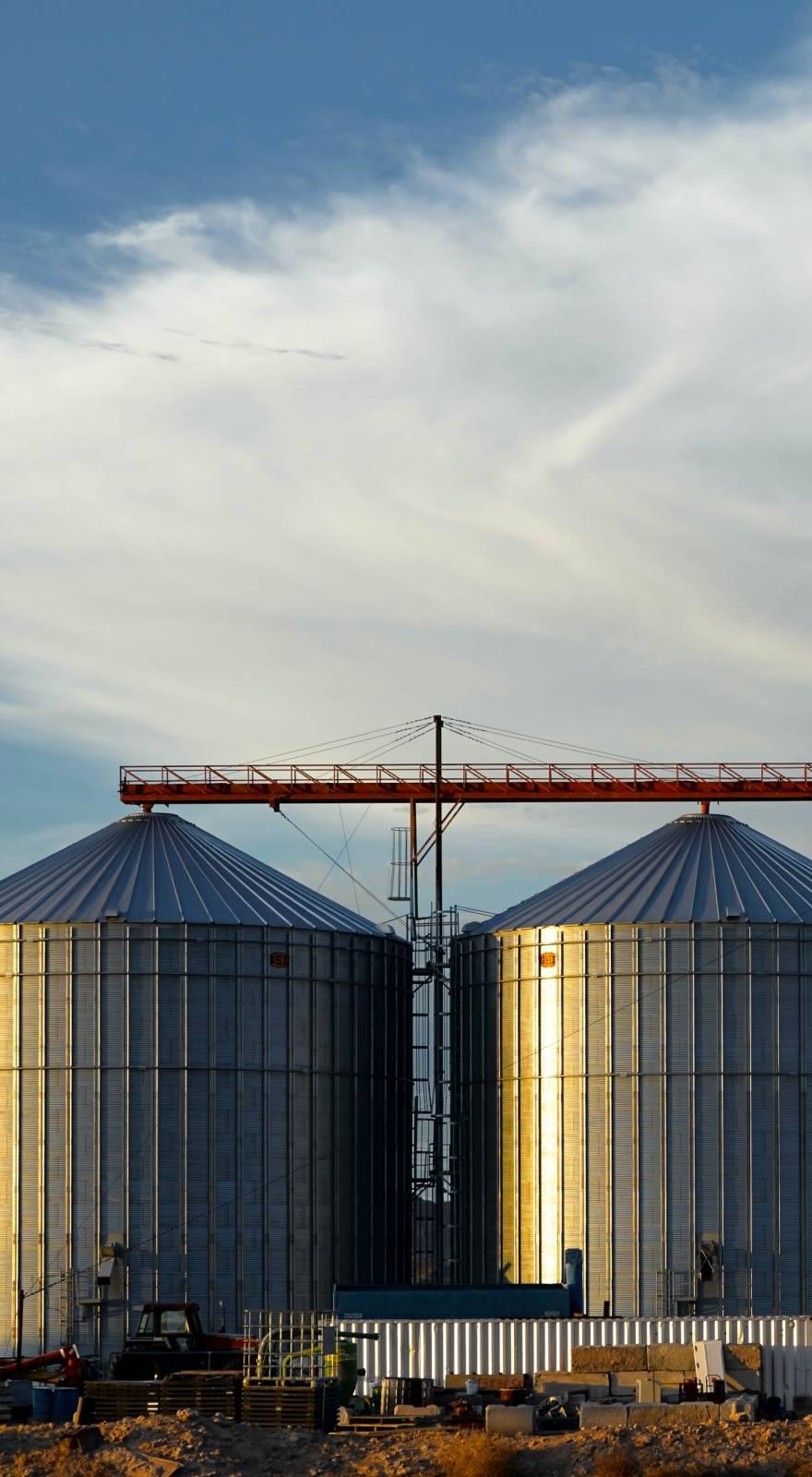Knowde Enhanced TDS
Identification & Functionality
- Chemical Family
- Chemical Name
- Base Chemicals Functions
- CAS No.
- 1336-21-6
- EC No.
- 215-647-6
- Technologies
Features & Benefits
- Product Highlights
The grades, or strength of Ammonium Hydroxide usually available commercially are 26° and 21° Baumé. However, Tanner Industries, Inc. can produce any strength to meet our customers requirements. The Baumé reading refers to a specific gravity scale. A 26° Baumé solution is equivalent to 29.4% and 21° Baumé solution is equivalent to 19.68%, both by weight of ammonia dissolved in water. Since the Baumé reading varies with temperature, the reading is standardized at 60°F. The density of the material compared to water is 0.8974.
Aqua ammonia is corrosive to copper, copper alloys, aluminum alloys and galvanized surfaces. Aqua ammonia is an excellent acid neutralizer. Its pH varies with concentration. Typical values are 11.7 at 1%, 12.2 at 5%, 12.4 at 10% and 13.5 at 30%.The freezing point of a 26° Baumé solution is about -110°F.
An aqua ammonia solution has a vapor pressure which varies with temperatures. At ambient temperatures, the vapor pressure of 26° Baumé material just about equals atmospheric pressure. Aqua ammonia should be stored in a closed container and kept cool, otherwise, the ammonia gas will come out of solution and the material strength will be reduced.
Applications & Uses
- Markets
Technical Details & Test Data
- Specific Gravity, Boiling Point and Freezing Point of Various Ammonia Solutions
°Baumé
(60° F)Sp. Gr.
(60°/60°F)NH₃
By Wt.
In SolutionLbs. NH₃
Per Cu. Ft
SolutionLbs. NH₃
Per Gal.
SolutionApproximate
Boiling Point (°F, At One
Atmospheric Pressure)Approximate
Freezing Point
(°F)10 1 0 0 0 212 32 11 0.9929 1.62 0.7504 0.1003 195 28 12 0.9859 3.3 2.0289 0.2712 186 25 13 0.979 5.02 3.0652 0.4097 177 20 14 0.9722 6.74 4.0871 0.5463 171 16 15 0.9655 8.49 5.1122 0.6834 163 10 16 0.9589 10.28 6.1479 0.8218 156 6 17 0.9524 12.1 7.1873 0.9608 149 -2 18 0.9459 13.96 8.2355 1.1009 142 -11 19 0.9396 15.84 9.2824 1.2409 134 -15 20 0.9333 17.76 10.337 1.3819 127 -26 21 0.9272 19.68 11.38 1.5213 120 -31 22 0.9211 21.6 12.408 1.6587 111 -46 23 0.915 23.52 13.422 1.7942 103 -56 24 0.9091 25.48 14.446 1.9312 95 -69 25 0.9032 27.44 15.456 2.0662 88 -89 26 0.8974 29.4 16.454 2.1996 85 -110 27 0.8917 31.36 17.439 2.3313 73 -123 28 0.8861 33.32 18.413 2.4615 66 -148 29 0.8805 35.28 19.375 2.5901 59 -143
Safety & Health
- Hazardous Properties
Ammonia, as a gas or in aqueous solution is an irritant and corrosive to the skin, eyes, respiratory tract and mucous membranes. It may cause severe burns, eye or lung injuries. Skin and respiratory related diseases are aggravated by exposure.
Ammonia vapor, when mixed with air, may be flammable within certain limits (15% to 28% gaseous ammonia by volume). Such concentrations are seldom encountered in practical handling; however, extreme caution should be exercised when welding on or near tanks containing or which formerly contained aqua ammonia. Aqua ammonia tanks, lines and equipment should be thoroughly purged of both aqua ammonia and ammonia vapors. The common metals are not affected by dry ammonia. Moist ammonia will not corrode iron or steel but will react rapidly with copper, brass, zinc and many alloys, especially those containing copper. Only steel or ductile iron should be used for ammonia containers, valves, fittings and piping.
Storage & Handling
- Storage of Ammonia
The vapor pressure of aqua ammonia is about equal to the atmospheric pressure, it must be stored in closed containers. The storage area should be dry and cool. If housed in a closed building, ventilation should be provided; either natural or mechanical. Avoid pocketing of ammonia vapor under floors, roofs or similar structures. Remember, ammonia vapor will burn when mixed in air at concentrations between 15% to 28%. Sparks or ignition sources must be excluded wherever concentrations in this range could exist.

